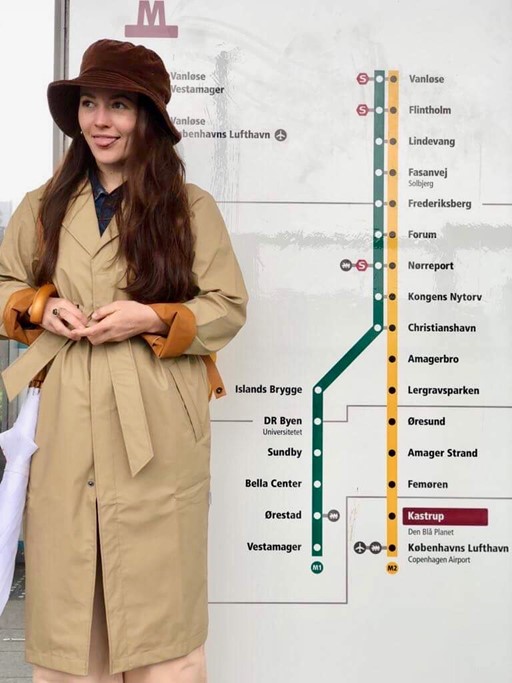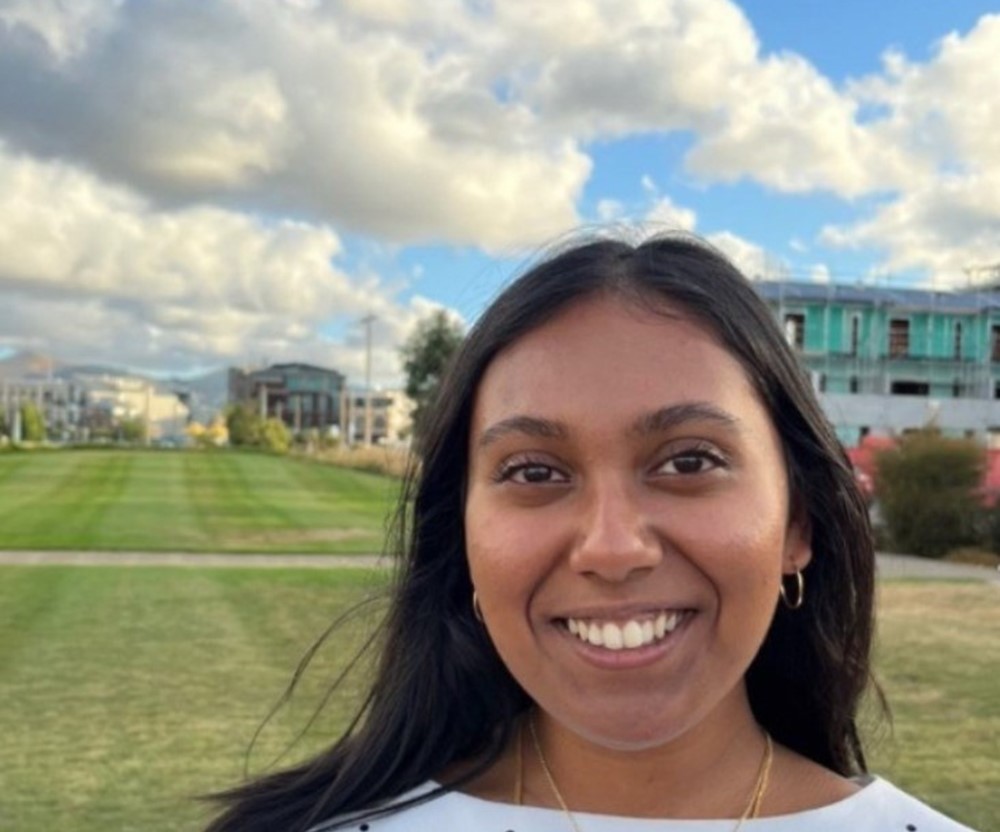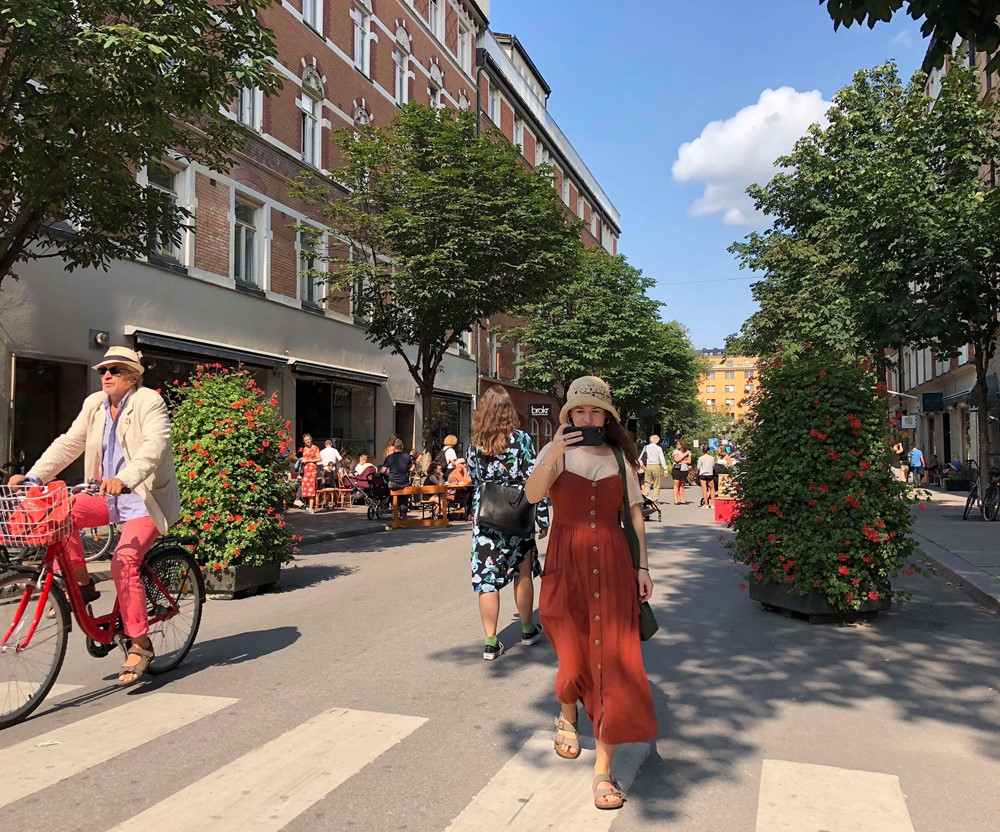
Safer Cities With Emma McInnes
Women in urbanism
Categories
- Community
- Auckland
We had a chat with Emma McInnes from Women in Urbanism who has been doing an Instagram Takeover for us. (Check it out here) on how to make connections between the issues of gender and urbanism. Women experience cities, transport and housing differently to men, and there are many inequalities in the infrastructure that create cities that don’t work as well for women.
Tell us something people don’t know about you…
I grew up on a beef farm, just out of Whananaki in Northland. I learned to cycle in hay paddocks during the hot summers. Now I am a full-time urban-nerd.
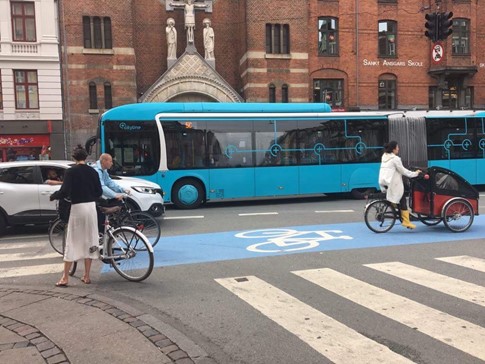
Where did your passion for women in urbanism come from?
From working in transport planning for five years, where many times I was the only woman in the room. Knowing how important mobility (transport), housing and cites are, but noticing the lack of diverse and inclusive representation in the related industries.
Men have been designing our cities and towns since the beginning of time and in a way that often doesn’t meet the needs of women.
How did you come up with the idea of Women in Urbanism?
A few of us had seen similar groups, movements and conversations emerging in Spain, Sweden, Canada, the US and Australia. We also just wanted a way to connect with other women in the industry, and fight for the urban industries to be more progressive - this has been a productive way to do that!
What do you think are some of the biggest transport barriers for women in cities?
- Transport: for example, Public Transport is designed for the 9-5 commute - and not typically designed for the complex trips that women take. Women also take public transport more than men, but it often doesn’t need to go where they need to go (e.g. school, the sports fields, the supermarket). In Aotearoa, women are the more significant users of public transport, but buses and trains don’t always operate during the hours and on routes that are required by women. We don’t always require the 9-5 commute and often need to take trips across the city rather than into the CBD and out again. Our street design currently focuses on the car first and places people last, which means women pushing prams for example (they are still the #1 primary caregivers in this country), do not have comfortable and safe movements around their cities.
- Safety after dark and public harassment: Street harassment is a Women in Urbanism issue because the freedom to use transport safely is a human rights issue, and street harassment often limits a person’s ability to use public transport and public spaces, particularly if you're a woman. There is evidence that the design of urban infrastructure and land use can lead to a reduction in crime and harassment (Greed & Roberts, 2014). In a recent study by Women in Urbanism, we found 74% of women in Aotearoa, had at some point faced some form of harassment while on public transport and in public spaces. 36% of women feel unsafe walking home after dark (Kennedy, 2008). Personal safety fears are most commonly found among women and youth, but also, the fears for personal safety are higher among Māori and Pasifika (Kennedy, 2008).
- Housing: Design often doesn’t suit the needs of women. For example, homes are not near enough public transport, or schools - encouraging women to become dependent on cars and making them spend more time running around doing life admin and care work for their families… although women are less likely to own or drive a car than men. Women are also still less likely to own a home.
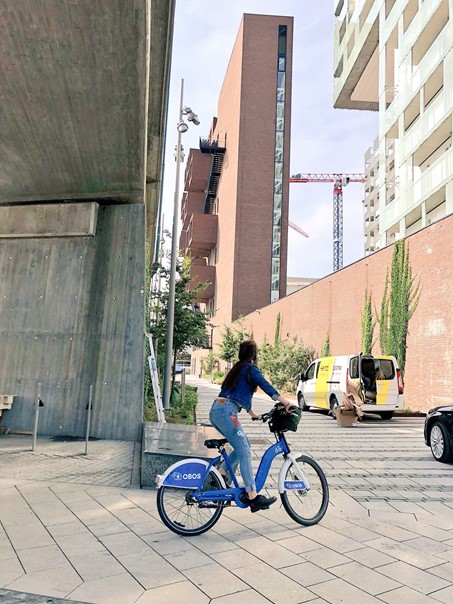
Can you give a few examples of how women are disadvantaged in the cities that people might not think about straight away...
We have done several surveys that show that women would like to cycle more but because of the poor infrastructure, they feel unsafe. Unlike other cities, like Copenhagen and Amsterdam, Aotearoa has fewer women cycling than men. There is plenty of information around on what transport modes women prefer; we have to take that information into account when we are designing our city infrastructure.
What will you be sharing with us during the takeover on Instagram?
I am sharing who Women in Urbanism is, why cities aren’t designed for women (or anyone that isn’t an older, able-bodied pakeha man, and how we can do better.
What trends do you hope are here to stay when it comes to transportation and what are you most excited about?
- The massive uptake in active modes (walking, cycling and scooting) that spiked during Aotearoa’s two lockdowns.
- Light Rail for Dominion Road, from the Airport to Queen Street in Auckland (at ground level). It will be transformative for our city.
- And for the Karangahape Road cycleway to go in (it’s currently being built). And Generation Zero better get an invite to the ribbon cutting because this project would not be happening without them!
Other Stories you might like...


